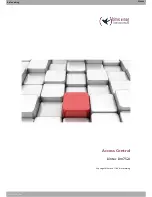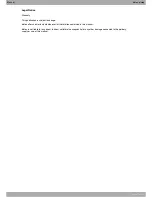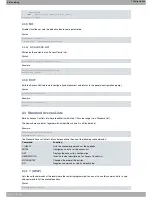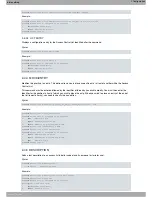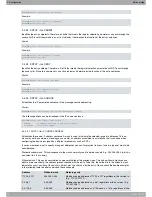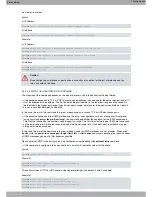
Chapter 2 Configuration
2.1 Introduction
Each entry in the list is a block of sentences and an
action
, and is identified by a unique number (the entry identifier
or ID field). The sentence block is made up of a source IP address (or range of addresses), a destination IP address
(or range of destination IP addresses), a protocol (or range of protocols), source and destination ports (or range of
ports), IP service byte values and the connection identifier for the interfaces the packet goes through. You only have
to specify those required. The
action
represents the process assigned to the packets that match the associated block
of sentences: PERMIT or DENY.
A Standard, Extended or Stateful Access Control List is made up of a series of
entries
(which define the properties
that a packet must have in order to belong to this entry and, consequently, to this list). This Access Control List is
then assigned to a protocol.
Note
Access Control Lists themselves cannot limit the packet flow in the router. To do this, they must be as-
sociated to a protocol.
Note
Access Control Lists provide the associated protocol with the entry search results. The latter can have
the following values: Not Found, Permit or Deny. The associated protocol determines what to do with a
packet according to the result given by the Access Control List.
2.2 Accessing the Configuration
Operations to create, modify or eliminate access lists are executed from a specific menu. There, you can also view
the lists that have been created.
In the router configuration structure, Access Controls are organized as a feature (FEATURE). To view the features
bintec elmeg
2 Configuration
Access Control
3

